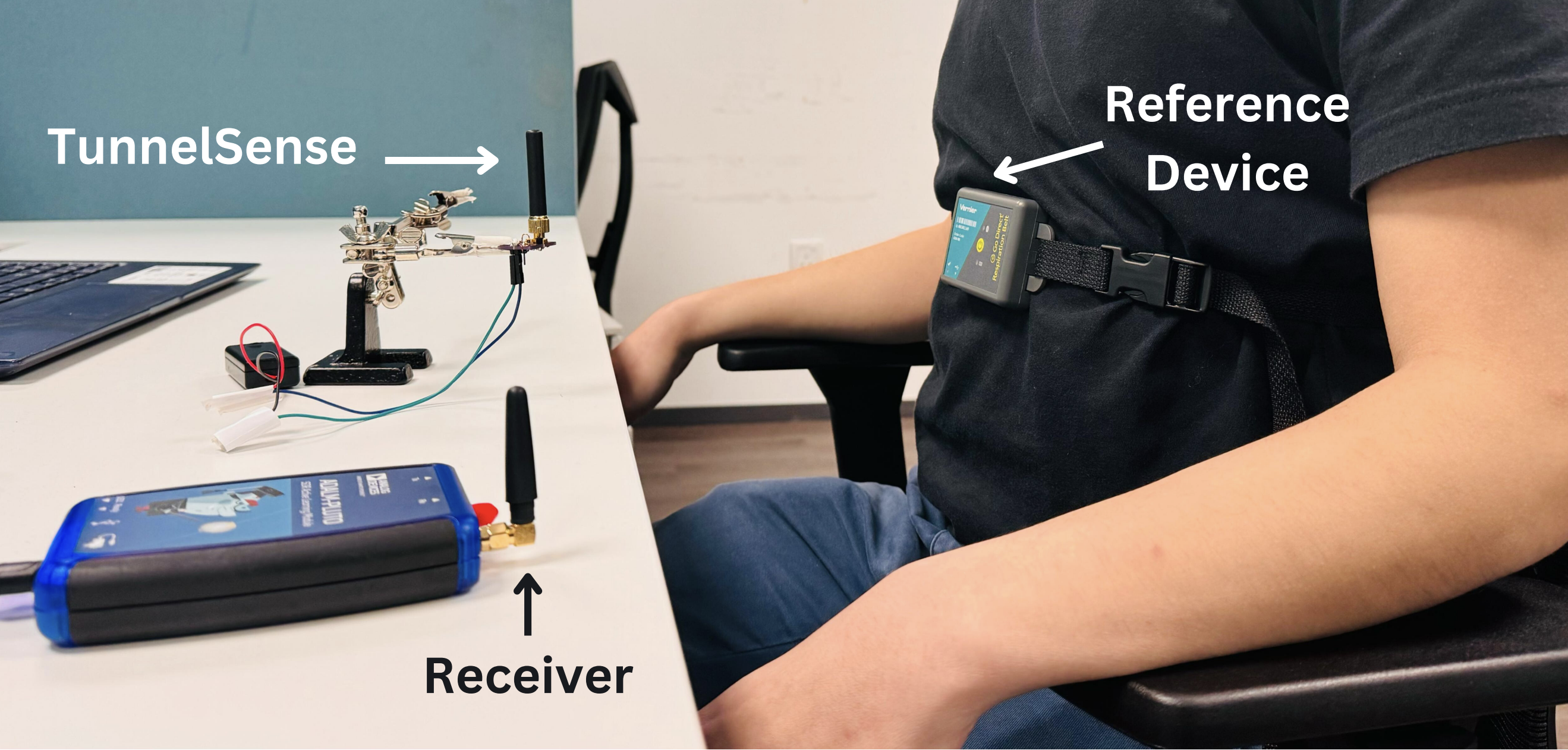TunnelSense – Noncontact Motion Sensing with Tunnel Diode Oscillators
A low-power, noncontact motion sensing system leveraging tunnel diode oscillators to detect movement through electromagnetic field variations. Developed as part of my Bachelor’s thesis at NUS under Prof. Ambuj Varshney.
Project Overview
TunnelSense explores a novel, low-power approach to motion sensing using tunnel diode oscillators. Unlike traditional contact-based sensors, this system enables motion tracking without any physical contact, making it ideal for applications in healthcare, smart environments, and industry.
The Problem
Most motion-sensing solutions require either direct attachment to objects or rely on high-power, complex systems. These constraints make it hard to deploy sensing in energy-constrained or contact-sensitive environments.
The Solution
TunnelSense leverages tunnel diode oscillators, which are extremely sensitive to electromagnetic changes. When a nearby object moves, the oscillator's frequency shifts, allowing noncontact detection. These tags operate on less than 100 µW and require only 70 mV to function, enabling long-term use on harvested energy.

Contributions
- Designed and developed the TDO-based noncontact sensing system - Achieved real-time breathing detection up to 30 cm - Enabled ultra-low power operation for prolonged field use
Impact
TunnelSense demonstrates the feasibility of deploying noncontact sensors in real-world applications where power and contact are constraints. The work contributes toward future ubiquitous sensing deployments in healthcare and industrial automation.
Publications
- Enabling Non-contact, Low-Power Sensing using Tunnel Diodes | International Conference on Information Processing in Sensor Networks (IPSN), 2024
- TunnelSense: Low-power, Non-Contact Sensing using Tunnel Diodes | IEEE International Conference on RFID, 2024